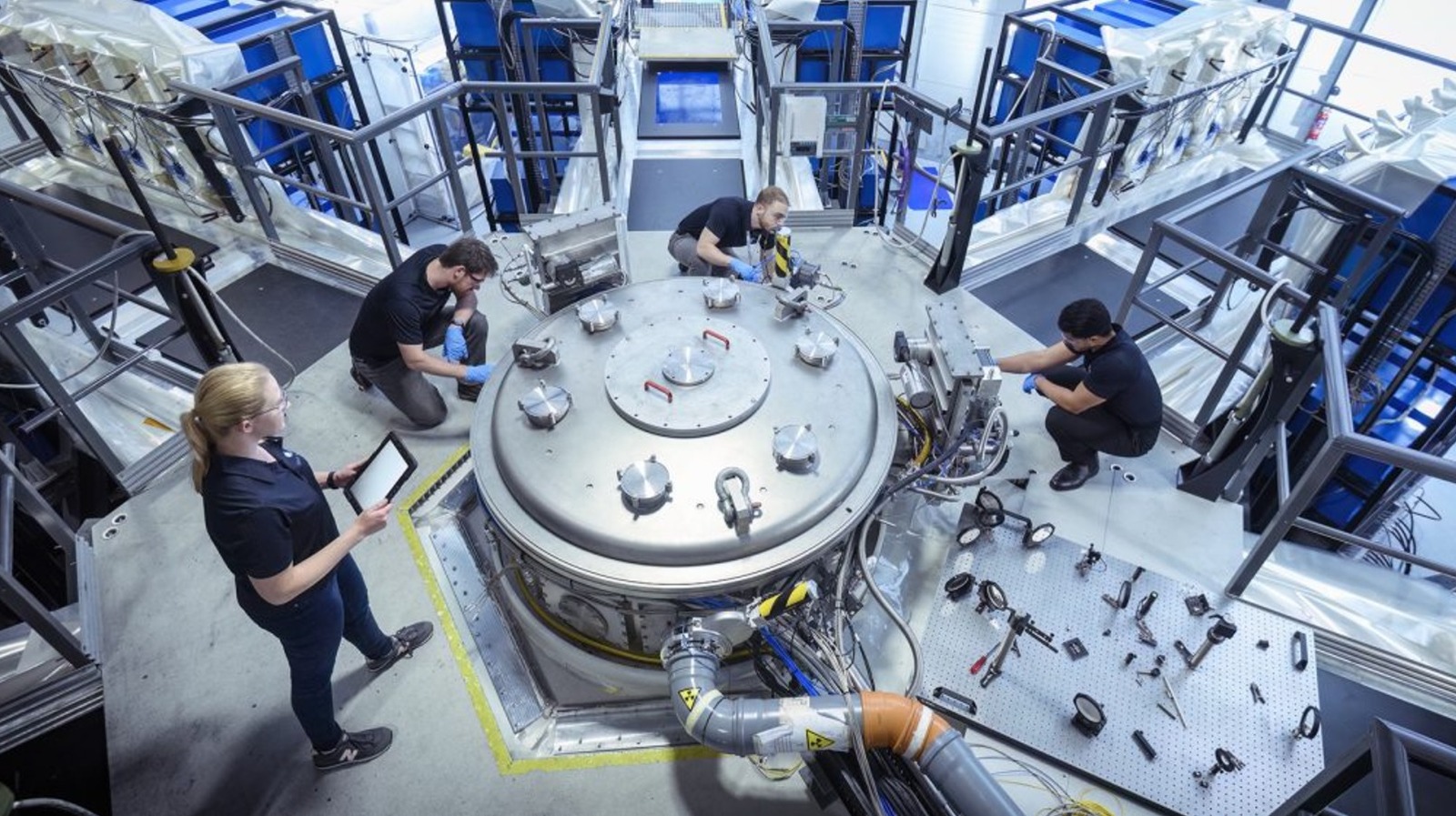Science
UK Firm Achieves Major Fusion Breakthrough for Sustainable Energy

A new breakthrough in fusion energy has been announced by First Light Fusion in the United Kingdom. The company has developed a method to achieve “high gain” inertial fusion, a significant step toward creating the world’s first commercially viable fusion reactor. This advancement has the potential to revolutionize the energy sector by offering a sustainable and virtually limitless energy source.
Fusion power derives energy from the heat generated during nuclear fusion reactions, which occurs when two light atomic nuclei combine to form a heavier nucleus. This process releases an immense amount of energy, theoretically enabling fusion reactors to produce near-limitless power. The implications for reducing reliance on fossil fuels and lowering greenhouse gas emissions are profound. Although many advancements have been made in fusion research, a practical and efficient reactor has yet to be realized.
Breakthrough in Fusion Technology
The process developed by First Light Fusion, named FLARE (Fusion via Low-power Assembly and Rapid Excitation), is notable for its potential to achieve a gain of 1,000. This marks a remarkable improvement over the previous highest gain of four, achieved by the U.S. Department of Energy’s National Ignition Facility in May 2025. In fusion terminology, “gain” refers to the ratio of energy produced by the reaction to the energy consumed to initiate it. Achieving sustainable gain is crucial for the viability of fusion power.
FLARE separates the processes of compressing and heating the fuel, with the compression generating a substantial surplus of energy through a technique known as “fast ignition.” This innovative approach positions First Light Fusion at the forefront of practical fusion technology, which has been previously elusive despite extensive research.
According to First Light Fusion’s white paper detailing FLARE, just one kilogram of fusion fuel has the potential energy equivalent to that of 10 million kilograms of coal. This staggering comparison illustrates the vast energy potential locked within fusion processes.
The Path to Sustainable Energy
Ignition in a fusion reactor occurs when a small fuel source reaches temperatures around 100 million kelvin (approximately 180 million degrees Fahrenheit). At this point, the reaction becomes self-sustaining. While generating such extreme heat requires significant initial energy, the potential energy output from fusion is expected to far exceed this input, paving the way for a new energy paradigm.
The success of FLARE could mean that multiple fusion reactors might one day supply enough energy to meet global demands, marking a transformative shift in energy production. With advancements like this, the question may soon shift from “if” fusion energy will be realized to “when” it will become a practical reality.
As research continues, the implications of these breakthroughs could see humanity move closer to a sustainable energy future, free from the limitations of fossil fuels and the environmental impacts associated with them.
-

 Entertainment2 months ago
Entertainment2 months agoAnn Ming Reflects on ITV’s ‘I Fought the Law’ Drama
-

 Entertainment3 months ago
Entertainment3 months agoKate Garraway Sells £2 Million Home Amid Financial Struggles
-

 Health2 months ago
Health2 months agoKatie Price Faces New Health Concerns After Cancer Symptoms Resurface
-

 Entertainment2 months ago
Entertainment2 months agoCoronation Street’s Carl Webster Faces Trouble with New Affairs
-

 Entertainment2 months ago
Entertainment2 months agoWhere is Tinder Swindler Simon Leviev? Latest Updates Revealed
-

 Entertainment3 months ago
Entertainment3 months agoKim Cattrall Posts Cryptic Message After HBO’s Sequel Cancellation
-

 Entertainment2 months ago
Entertainment2 months agoOlivia Attwood Opens Up About Fallout with Former Best Friend
-

 Entertainment2 months ago
Entertainment2 months agoMasterChef Faces Turmoil as Tom Kerridge Withdraws from Hosting Role
-

 Science2 weeks ago
Science2 weeks agoBrian Cox Addresses Claims of Alien Probe in 3I/ATLAS Discovery
-

 Entertainment3 months ago
Entertainment3 months agoMarkiplier Addresses AI Controversy During Livestream Response
-

 Entertainment4 months ago
Entertainment4 months agoSpeculation Surrounds Home and Away as Cast Departures Mount
-

 World2 months ago
World2 months agoCole Palmer’s Mysterious Message to Kobbie Mainoo Sparks Speculation





















